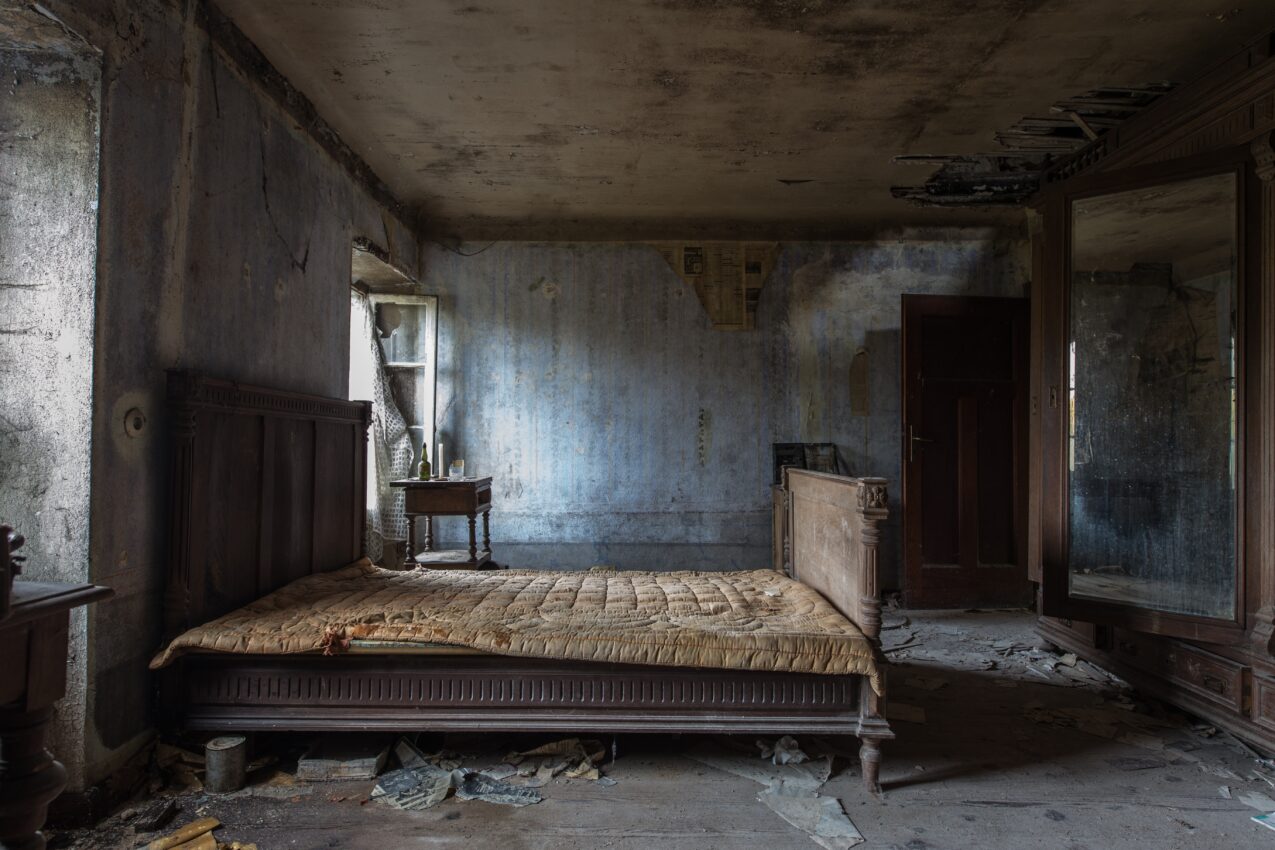

Wallpaper Just What Lurks Beneath. Image credit: AdobeStock
However, from antiquity to the modern day, walls have always had the potential to cause health problems and even an early demise for our fellow humans.


One of the most legendary tales concerning the health risks that walls can pose involves Napoleon Bonaparte, who was exiled to the island of St Helena at the beginning of the 19th century. Napoleon reportedly died from arsenic poisoning, with large quantities of the chemical found in his hair post-mortem. At the time, shortly before the onset of the Victorian period, arsenic was a major component of wallpaper.
Much of the evidence for the latter can be found in the decorating tastes of the later 1800s. Like lead in the Roman Empire, arsenic was an important, if deadly, part of life in the Victorian era. The Smithsonian Magazine notes that it was present in food colouring, everyday items such as baby carriages, and (of course) wallpaper. In particular, Scheele’s Green pigment was loaded with the stuff.
Today, in this age of endless scientific progress, dangerous and murderous walls are more likely to be found in Stephen King’s notebooks than in modern houses. We also have plenty of products to fix whatever malice might emanate from our walls, such as toxic mould or torn wallpaper. The construction industry has almost completely eliminated asbestos from homes and businesses, too.
Unfortunately, a lack of knowledge about the dangers of the more common problems that eat into our walls and wallpaper do still cause problems. As mentioned, mould is arguably the most insidious of these concerns, with a raft of health problems associated with black mould and dampness. While the NHS and Healthline websites seem to disagree on the likelihood of these conditions, respiratory issues are a possibility if not a guarantee.
Wall moulds are moulds like any other. While that might sound like a redundant point, we’re more likely to take immediate action on mould on food than on walls – and this should not be the case. Black moulds can produce mycotoxins and other allergens and irritants, with younger and older people more likely to become sick. The perceived high cost of fixing mould infestations can prove quite the barrier to a solution, though.
Why? The causes of mould growth can be structural and, therefore, very expensive to overcome. In these scenarios, mould-proof paint and wallpaper can provide something of a stop-gap to preserve occupants’ health. While rising damp is much rarer today than in the latter part of the 20th century, burst pipes, flooding, rain, and humidity can also contribute to the appearance of mould.
In summary, while our walls and homes tend to become safer with each passing year, the damp and mouldy nemeses of our historical selves still crop up from time to time.